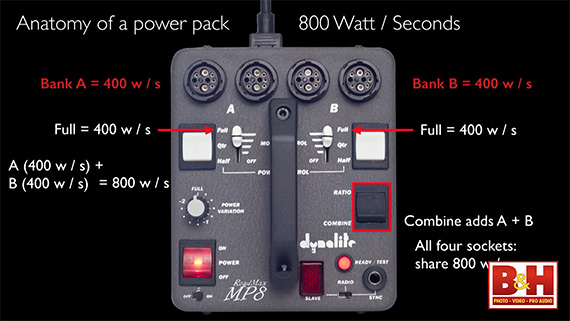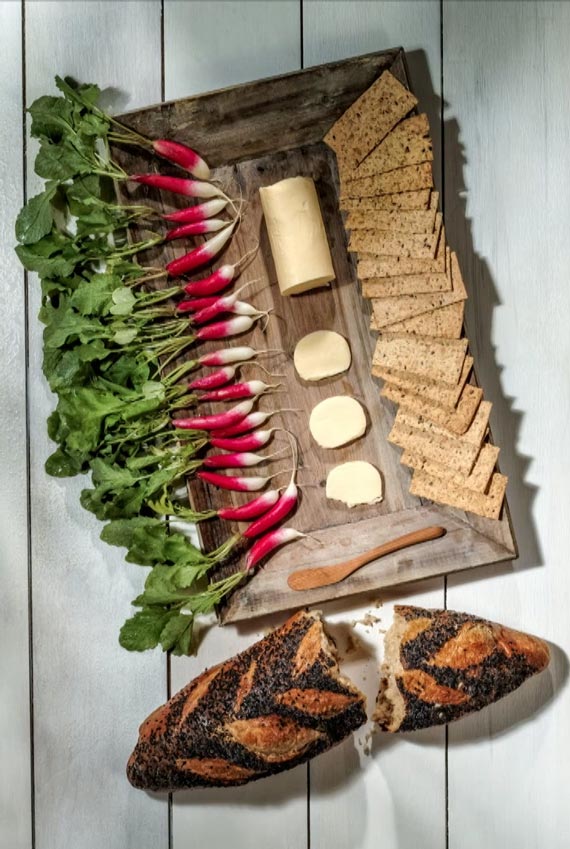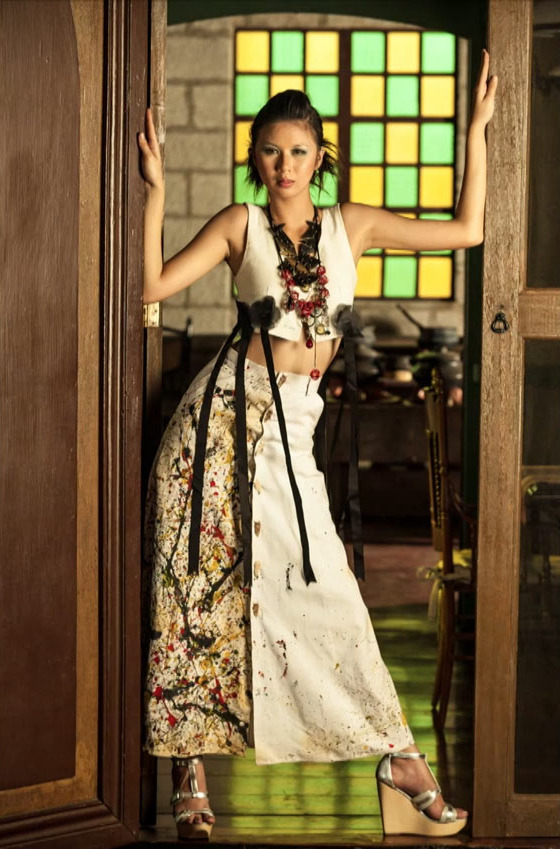Most aspiring photographers start out with natural lights and then move up to speedlights, mostly due to portability, price, and the fact that they can double as studio flashes. But there is a point in time when you’ll consider upgrading to a studio flash, and there are a several reasons to do so:
Most photographers who aren’t long in the business tend to avoid studio flashes. They’re big, heavy, they require power outlets, and they aren’t resistant to the elements.

However, technology has gotten better—much better, in fact. There are battery packs for studio flashes that are as small as two speedlights and provide up to 13 speedlights’ power.

You might also switch to incident light meters, because they simply meter the light falling on the subject. Unlike reflective meters, the tone on the subject doesn’t matter, so it will always render it properly.
Once you get the hang of studio flashes there is nothing that can stop you from using them. The amount of power they have can be utilized in so many ways. You can combine them to overpower the sun to create images where you mix up ambient light with flash.
And you can use studio flash system in correlation with speedlights if you want.

The most important thing about studio flashes is control. You have much more creative control over them than with speedlights. Not just because they provide consistent, high power light which can easily be diffused with huge softboxes; the high power also allows for flashes that are of higher intensity but shorter in duration when compared to speedlights, which is awesome for high speed photography (such as freezing a supersonic bullet in one frame).
In the hour long demonstrational video above, Kevin Ames demonstrates several ways that studio flashes can be used outside of the studio, or as he says:
“Actually wherever you use it, whether it is in the studio, in hotel, or outside on the street. They are all locations”
There should be no boundaries on where and how studio flashes can be used, therefore you shouldn’t limit yourself, nor should you think that your speedlights are dead. Studio flash is an augmentation—an addition. You make your creative process and you can use everything you like, as long as it makes your job easier and your results better.
Like This Article?
Don't Miss The Next One!
Join over 100,000 photographers of all experience levels who receive our free photography tips and articles to stay current:






Leave a Reply